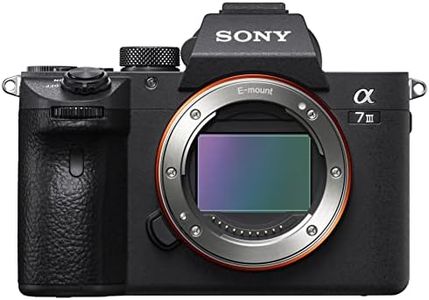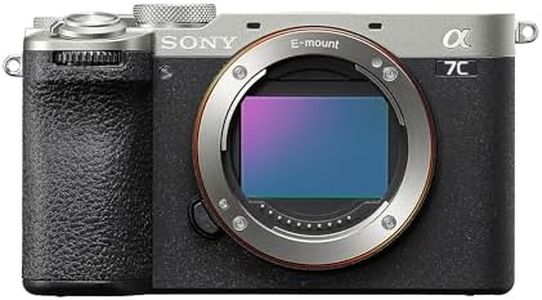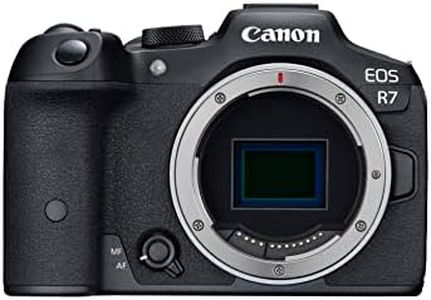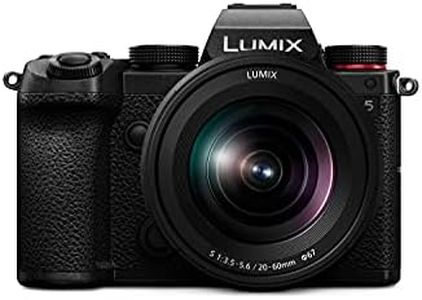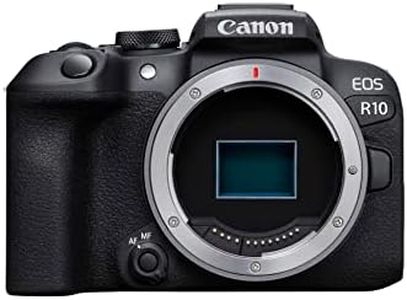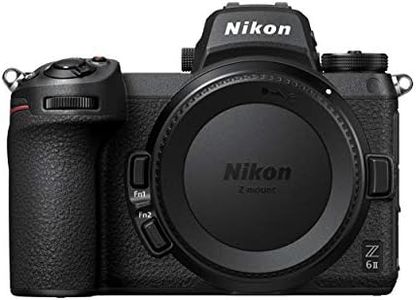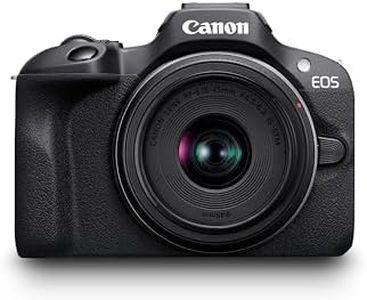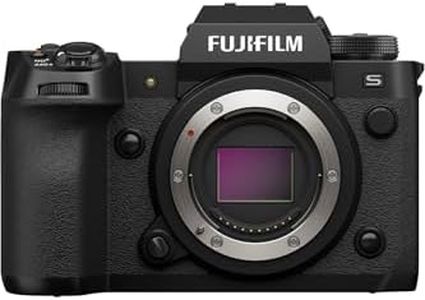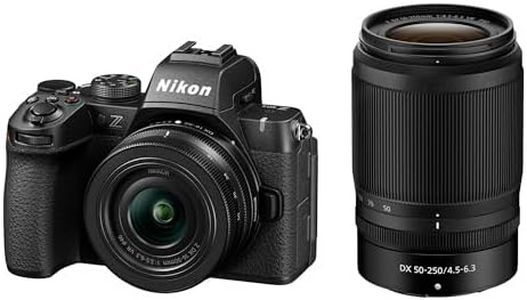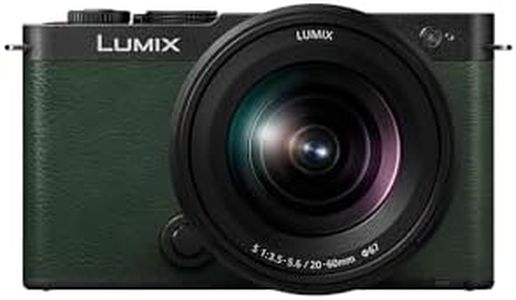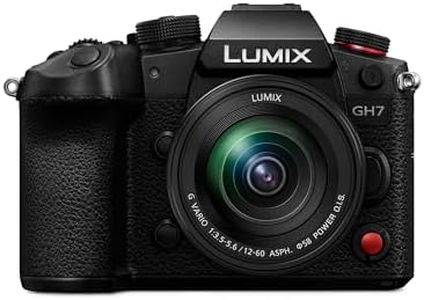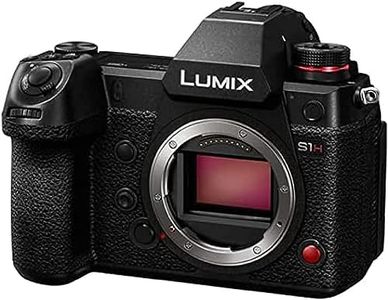We Use CookiesWe use cookies to enhance the security, performance,
functionality and for analytical and promotional activities. By continuing to browse this site you
are agreeing to our privacy policy
10 Best Affordable Mirrorless Camera
From leading brands and best sellers available on the web.Buying Guide for the Best Affordable Mirrorless Camera
Choosing an affordable mirrorless camera can be a rewarding experience, especially if you're looking to step up from a smartphone or a point-and-shoot camera. Mirrorless cameras offer a great balance between image quality, portability, and versatility. When selecting a mirrorless camera, it's important to consider what you'll be using it for, whether it's travel, portraits, landscapes, or video. Understanding the key specifications will help you make an informed decision that aligns with your photography needs and goals.Sensor SizeThe sensor size in a camera is crucial because it affects the image quality, depth of field, and low-light performance. Common sensor sizes in mirrorless cameras include Micro Four Thirds, APS-C, and Full Frame. Micro Four Thirds sensors are smaller and make the camera more compact, which is great for travel and casual photography. APS-C sensors are larger and offer better image quality and low-light performance, suitable for enthusiasts. Full Frame sensors provide the best image quality and are ideal for professional use, but they are usually found in more expensive models. Choose a sensor size based on your need for portability versus image quality.
MegapixelsMegapixels refer to the resolution of the camera's sensor, determining how much detail the camera can capture. More megapixels mean you can print larger photos without losing quality, but they also require more storage space. For most users, a camera with 16 to 24 megapixels is sufficient for everyday photography and sharing online. If you plan to do a lot of cropping or large prints, consider a camera with higher megapixels. However, remember that sensor quality is more important than sheer megapixel count.
Autofocus SystemThe autofocus system in a camera determines how quickly and accurately it can focus on a subject. This is particularly important for capturing fast-moving subjects or shooting in low-light conditions. Mirrorless cameras often feature contrast-detection or phase-detection autofocus systems. Contrast-detection is slower but more accurate, while phase-detection is faster and better for action shots. If you plan to shoot sports, wildlife, or video, look for a camera with a fast and reliable autofocus system. For general photography, a basic autofocus system will suffice.
Lens CompatibilityLens compatibility refers to the range of lenses that can be used with a camera. Mirrorless cameras often have their own lens mounts, which means you'll need to ensure that the camera you choose has a good selection of lenses available. Some systems offer adapters to use lenses from other brands, which can expand your options. If you have specific photography interests, such as macro or telephoto, check the availability of lenses in those categories. A camera with a wide range of compatible lenses will offer more flexibility as your skills and interests grow.
Video CapabilitiesVideo capabilities are important if you plan to use your camera for filming as well as photography. Look for features like 4K resolution, frame rate options, and in-body stabilization. 4K video provides higher resolution and more detail, which is great for professional-looking videos. Frame rate options like 60fps or 120fps allow for smooth motion and slow-motion effects. In-body stabilization helps reduce camera shake, especially when shooting handheld. If video is a priority, choose a camera with strong video features. For still photography, basic video capabilities may be sufficient.
Battery LifeBattery life is an important consideration, especially if you plan to use your camera for extended periods or while traveling. Mirrorless cameras typically have shorter battery life compared to DSLRs due to their electronic viewfinders and displays. Battery life is measured in the number of shots per charge. For casual use, a camera with a battery life of around 300 shots per charge may be adequate. If you plan to shoot all day or travel, consider a camera with longer battery life or invest in spare batteries. Always check the battery life rating to ensure it meets your needs.

